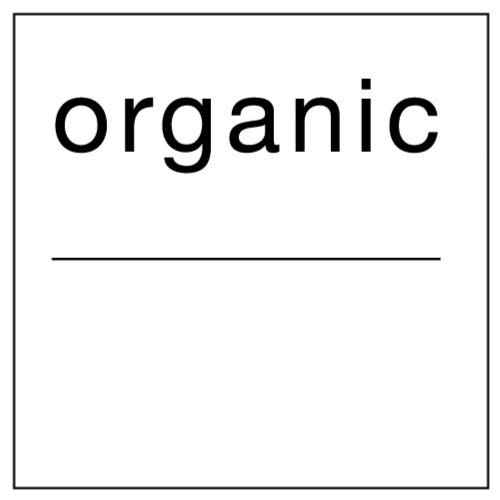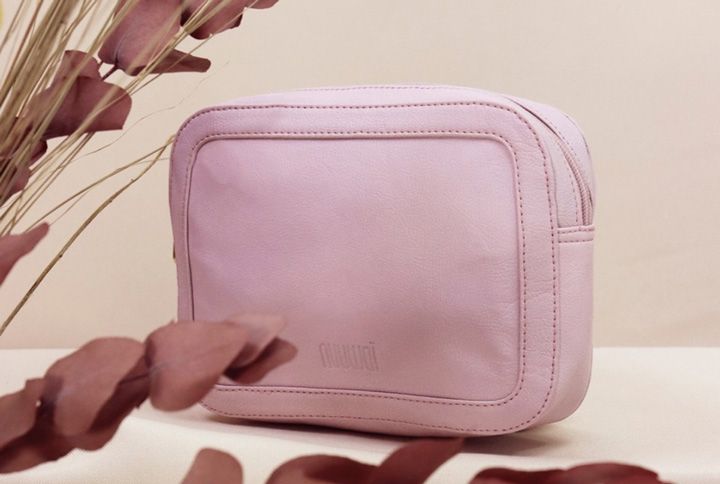
As of 2019, fashion is said to have a 10% contribution to global warming and currently is the second-largest polluting industry in the world. However, as the clock ticks, a few insiders from the industry are working towards minimising the negative impact clothes have on the planet. Enter vegan and eco-friendly innovations. These creations are made—though in minimal amounts at present—to reduce animal cruelty, usage of natural resources, eliminate harmful emissions and create products that return to the earth without hurdles. With an aim to spark interest and conversation around these innovative textiles that have the ability to change the game, ahead we list out 8 such fabrics and everything you should know about them.
1. Plant-based leather alternatives
Innovators around the world have been working on leather alternatives that are far more eco-friendly in nature than petroleum-based or real leather and vegan as well. Below are four types of alternatives that fit the criteria.
1.1 Mushroom
The key ingredient of mushroom leather is mycelium. Made up of billions and trillions of tiny cells, it is the vegetative part of the fungus which in layman’s terms means the branches of the mushroom or the white fibres that grows on compostable things when they go bad. So how do you grow mycelium? You first need to gather substrates that mushrooms consume as food and also grow on. For example, sawdust or straw. These substrates are then dampened and moisturised and kept in a bag to be pasteurised/sterilised. It is during this process that the mycelium grows. Once a desirable amount is generated, this mycelium is then put into different bags and it starts multiplying after which, all of it is extracted and compressed to get the desired product. There are different ways to compress the material which can make way for a variety of textures like snakeskin, alligator and cow even.
Making mushroom leather requires minimal resources, does not harm any animals and is also biodegradable which meets all the circular economy standards—ethical, eco-friendly and basically sustainable. Other qualities of this fabric include its excellent durability, water-resistance and tenacity.
1.2 Teak Leaf
You’d think that to make leaf leather, you would probably have to harm trees in the process, pluck leaves and all that jazz, but you’re wrong. Teak leaf leather is made from leaves that are already fallen and hence cause no additional damage. Lightweight, water-resistant and highly durable, the process of making teak leaf leather goes something like this. The leaves are first soaked in water and then laid out flat to dry. They’re placed in close proximity to each other which helps in bonding them together so as to form a large sheet. It is also mixed with a little bit of cotton and laminated with a thin layer of BOPP film—a transparent film that is completely biodegradable, which helps in keeping the leaves in place. One such brand that works with teak leaves is Tea Tribe. Once the sheet is ready for use, the artisans can make a variety of products from the material.
1.3 Apple
Apple leather isn’t made from fresh apples as it would sound. Apple waste—the by-products of the juice industry, is what goes into the making of apple leather which is biodegradable. What also makes it better is that, unlike faux leather, it comes from renewable sources which is another aspect of what makes it environmentally supremely sustainable. The process of turning apple waste into a fabric begins with turning all the waste into powder. This powder is then mixed with 50% of PU as a binding agent, so as to ensure that it lasts longer, making it a sustainable product in the process. This powder is then laid out for it to dry and turn into a leather-like material after which it is used to make the desirable products.
1.4 Pineapple (Piñatex)
Another fruit, another leather innovation. Pineapple leather, also known as Piñatex, is made from the leaves of the pineapples which, after the fruit is sold, are left behind as waste. Interesting fact, it takes about 480 pineapple leaves to make up for 1 square meter of the material. So, the first step of making Piñatex is to put these leaves through a process called decortication which essentially separates non-fibrous substances of the leaves from the fibres. These fibres are then left to dry to create a non-woven substrate (a non-woven mesh in simpler terms) and are then coated with petroleum-based resins for a smooth surface finish.
While pineapple leather isn’t fully biodegradable given that it has some amount of biomass resin coating, it is far more eco-friendly in nature than real or PU or PVC leather which is treated with tanning agents and chemicals that release poisonous gases and are generally just not at all earth-loving.
2. Tencel Lyocell
Tencel lyocell is a type of rayon whose primary ingredient is cellulose which is derived from the pulp of hardwood. This wood pulp is first mixed with chemical solvents that help in producing a wet mixture. This wet mixture is then dried and fashioned into long threads and they are further coated with lubricants that make them ready to be combed through and either knit to form a fabric or mixed with other fabrics like cotton. Now you may ask how chemical solvents like amine oxide that’s used in the manufacturing of Tencel lyocell are sustainable in nature. Here’s how.. this solvent is actually non-toxic and is always re-used in the manufacturing process. Tencel lyocell is also biodegradable in nature, requires a lot less dye and water and does not necessarily require bleaching either.
3. Qmonos Silk
Qmonos silk is also known as spider silk but the question is, does it use real spiders to produce it? A Japanese company named Spiber Inc. has cracked the code on how to replicate spider silk by not using real spiders and turn it into a functional and environmentally-friendly fabric. The process, although complex to understand, essentially uses microbial fermentation to produce it. It is a highly durable fabric and is said to be five times tougher than steel and more flexible than nylon. It is also a far better alternative to silk which is made with real silkworms as breeding animals is a lot more energy and resource-consuming. Lastly, it also biodegradable and is currently being studied for whether it’s suitable to be used for sutures or stitches.
4. Brewed Protein
Brewed protein is another kind of silk alternative also engineered by the Japanese biotech, Spiber Inc. Inspired by spider silk, brewed protein uses the same patented manufacturing process as Qmonos silk—microbial fermentation. The protein fibres can be given a variety of textures, from silky strands to cashmere-like yarns and its versatility is what makes this material so interesting. Completely vegan, brewed protein has excellent strength and has a very soft touch and feel to it. Not only is it completely biodegradable, but it also does not emit harmful greenhouse gasses and makes use of minimal natural resources.
5. Econyl
As the name suggests, econyl is basically recycled nylon. The raw materials that go into the making of econyl consist of ocean waste like fishing nets, plastic floating in the waters, fabrics etc., all of which is collected, sorted through and then broken down into smaller pieces that are then put through the process of making this fabric. The shredded material is then treated via chemical reactors which at the final step comes out as yarn. Given that it has similar properties to that of nylon but is made out of ocean waste makes it perfect for sportswear or swimwear. The best part about this material is that it can be recycled infinitely and is produced via a closed-loop system which means that it uses minimal water, saves tonnes of crude oil and CO2 emissions.
However, if an econyl product ends up in the landfill, it still does pose threat to the environment, thanks to the generation of microplastics.
Innovations in the fashion industry are always welcome when the aim is to reduce carbon footprint and the impact on the environment overall. So even though plant-based leathers might use a minimal amount of plastic to increase the longevity of the products, it can be counted as a sustainable way of making clothes or just about any other product.
On that note, are you aware of any more such vegan and eco-friendly fabric and textile innovations? Let us know in the comments below.
Join Malini’s Girl Tribe to be a part of the conversation.

